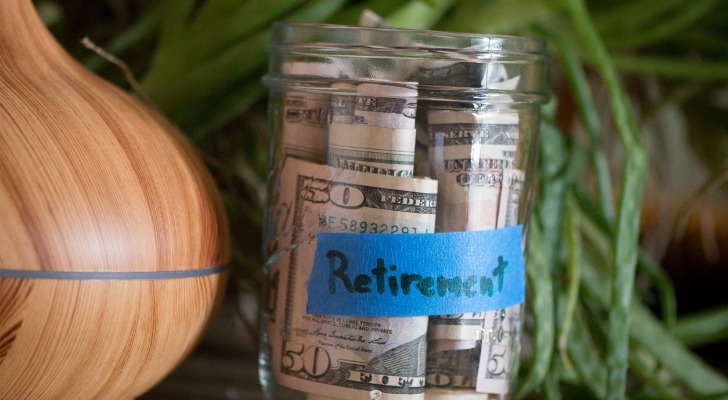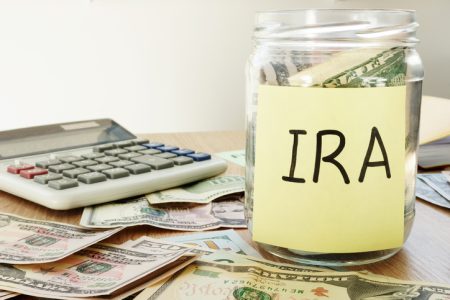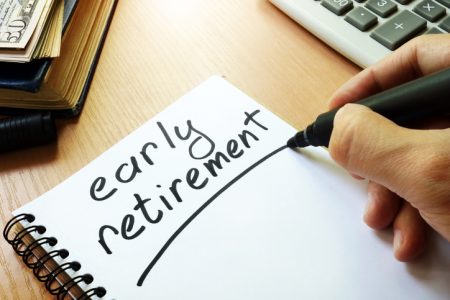Planning for retirement involves making a lot of decisions, including how to allocate your portfolio. Among stocks, bonds and other investments, many pre-retirees wonder what percent of a retirement portfolio should be in cash. Cash plays an important role in ensuring stability, accessibility and peace of mind. However, holding too much cash can also reduce your returns and purchasing power over time. Finding the right balance depends on several factors, including your retirement timeline, risk tolerance and lifestyle needs.
The Importance of Cash in Your Portfolio
While it is tempting to focus solely on return-generating assets, cash plays a vital role in your retirement portfolio. It provides immediate access to funds for living expenses, emergencies and opportunistic investments. Cash can also helps mitigate sequence-of-returns risk—the risk of poor market performance early in retirement—by covering expenses during downturns and protecting long-term investments.
Strategically holding cash gives you peace of mind, especially in uncertain markets. While cash may not offer strong returns, its stability and accessibility can help support the overall strategy.
What Percentage of a Retirement Portfolio Should Be in Cash?
Financial experts generally recommend keeping between 2% and 10% of your investment portfolio in cash. However, there is no one-size-fits-all answer when it comes to what percent of your retirement portfolio should be in cash. However, the ideal range depends on individual circumstances.
Holding cash in retirement is not about maximizing returns. It is about ensuring liquidity and covering short-term needs without having to sell long-term investments during a market downturn.
These factors can help shape your ideal allocation.
Proximity to Retirement
The closer you are to retirement, the more cash you may want to hold. A common guideline is to have one to two years’ worth of living expenses in cash as you approach retirement. This buffer can help protect you from having to sell stocks or other investments during a downturn.
For example, if you plan to retire in 12 months and expect to need $50,000 annually, having at least $50,000 to $100,000 in cash can provide valuable stability and flexibility.
Risk Tolerance
Risk tolerance reflects how comfortable you are with investment losses. If you are a conservative investor, you may want to hold a higher percentage of cash to minimize market exposure. For instance, someone with low risk tolerance might keep 10% or more of their portfolio in cash. In contrast, an aggressive investor might limit cash holdings to 3% to 5%, allocating more to assets with higher growth potential.
Income Stability
If you have a stable retirement income stream from pensions, annuities or Social Security, you may not need to hold as much cash. These predictable income streams can reduce your reliance on investment withdrawals. For example, if your fixed income covers 70% of your expenses, a smaller cash reserve may suffice. Retirees who rely heavily on portfolio withdrawals may benefit from a larger cash allocation to avoid selling investments at inopportune times.
Spending Habits

Your lifestyle and spending patterns directly impact how much cash you should keep. Those with modest lifestyles and minimal discretionary expenses may need only a small cash reserve. Those with frequent travel, hobbies or variable costs may prefer a larger reserve. For example, a retiree who budgets $70,000 annually with irregular travel costs might keep $15,000 in cash to cover unexpected expenses or last-minute plans.
Emergency Fund
Even in retirement, having an emergency fund is essential. This cash reserve covers unplanned expenses like medical bills, home improvements or family emergencies. Ideally, your emergency fund should be separate from your regular cash allocation for monthly expenses.
A typical recommendation is to set aside three to six months’ worth of expenses. For instance, if you spend $5,000 monthly, you might keep an additional $15,000 to $30,000 in a dedicated emergency fund.
Market Conditions
Current market conditions can influence how much cash you hold. In periods of high volatility or market downturns, increasing your cash reserves may help you ride out the storm without having to sell at a loss. For example, during a bear market, holding 12 to 18 months of expenses in cash may provide flexibility during a recovery period. In more stable markets, a smaller cash position may be sufficient.
Where to Keep Your Cash
Once you determine how much cash to keep, you will need a safe, accessible place to store it. Retirement cash reserves should be liquid, low-risk and ideally earn a small amount of interest. These are some of the most common options.
High-Yield Savings Accounts
Money Market Accounts
Certificates of Deposit (CDs)
Certificates of deposit offer higher interest rates in exchange for locking in your funds for a set term. Laddering CDs can provide periodic access to your cash while earning more interest than a regular savings account.
Treasury Bills
Bottom Line

While 2% to 10% is a general guideline regarding what percentage of a investment portfolio should be in cash, your personal allocation depends on proximity to retirement, risk tolerance, income needs and spending habits. The challenge lies in balancing short-term liquidity with long-term growth potential. A thoughtful approach to cash reserves can help you cover short-term expenses, weather financial storms and give you greater confidence in your overall retirement plan.
Retirement Planning Tips
- A financial advisor can help refine your retirement plan, recommend tax-efficient withdrawal strategies, and stress-test your portfolio against different market scenarios. Finding a financial advisor doesn’t have to be hard. SmartAsset’s free tool matches you with vetted financial advisors who serve your area, and you can have a free introductory call with your advisor matches to decide which one you feel is right for you. If you’re ready to find an advisor who can help you achieve your financial goals, get started now.
- Medicare doesn’t cover everything, especially long-term care. Consider supplemental insurance, long-term care policies or setting aside dedicated savings to manage out-of-pocket healthcare costs later in life.
Photo credit: ©iStock.com/Douglas Rissing, ©iStock.com/SolStock, ©iStock.com/PixelsEffect
Read the full article here









